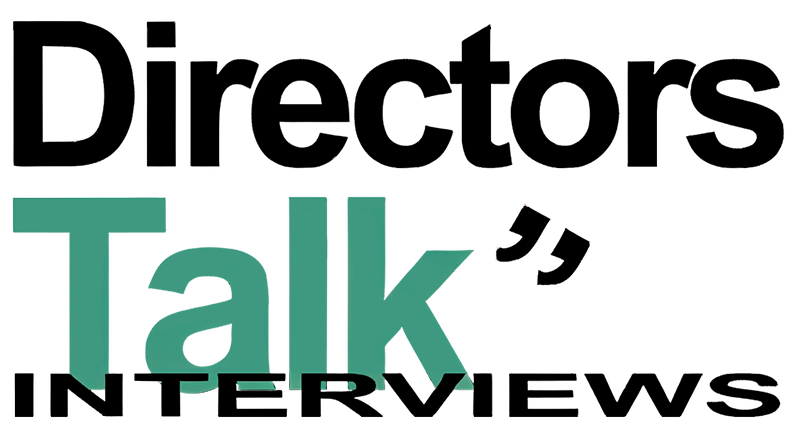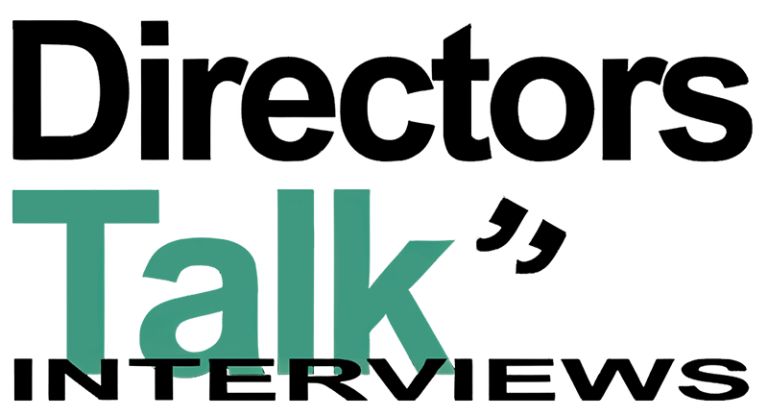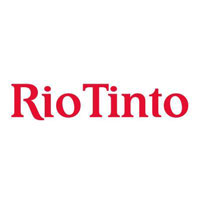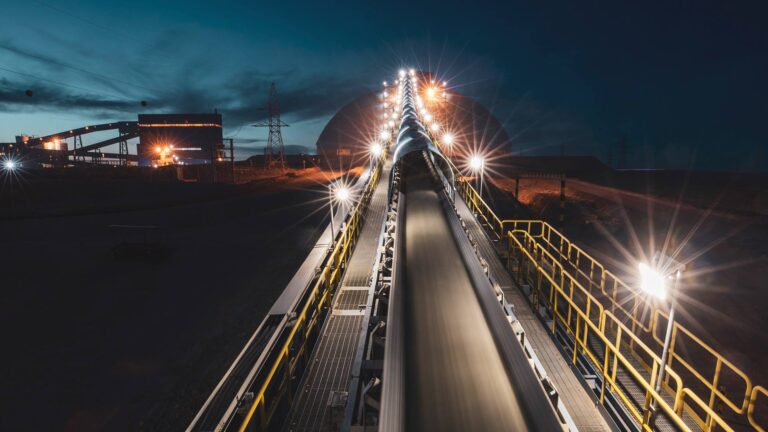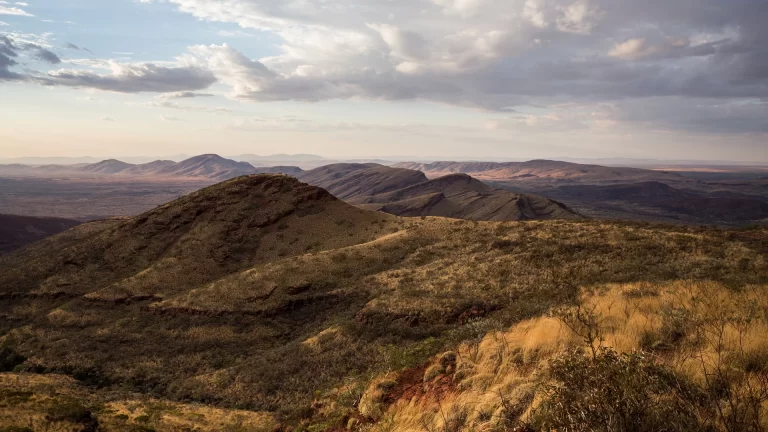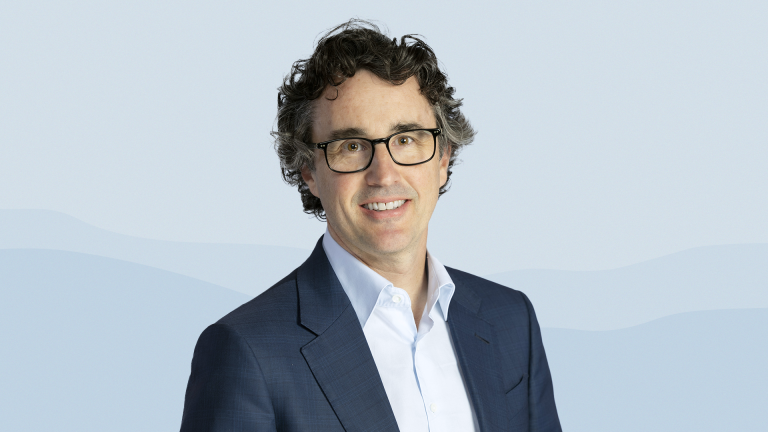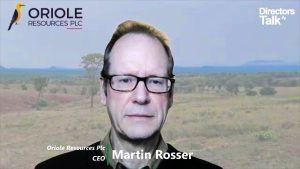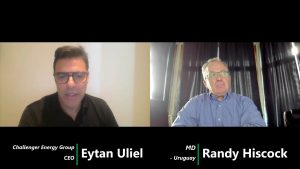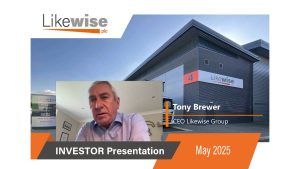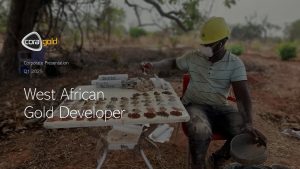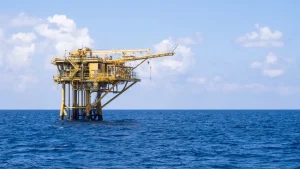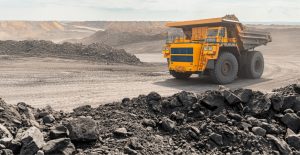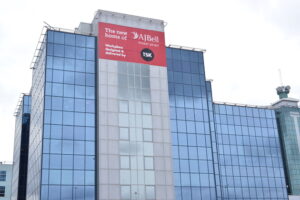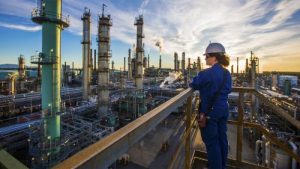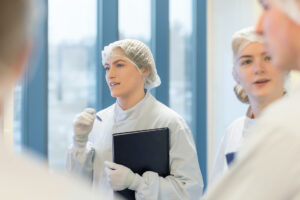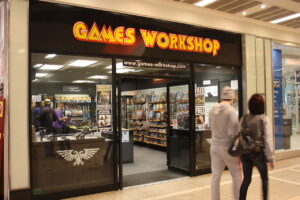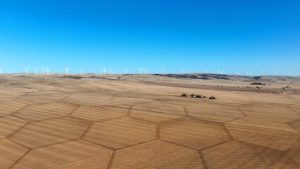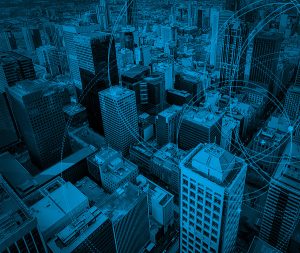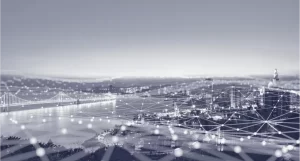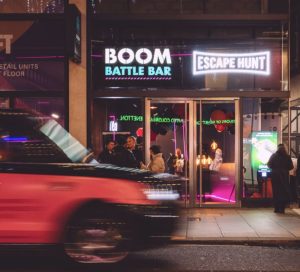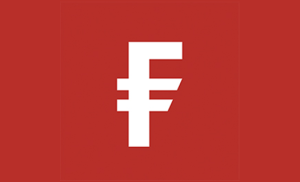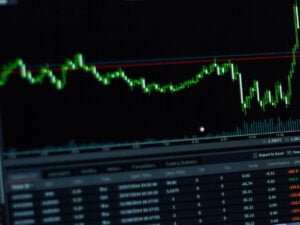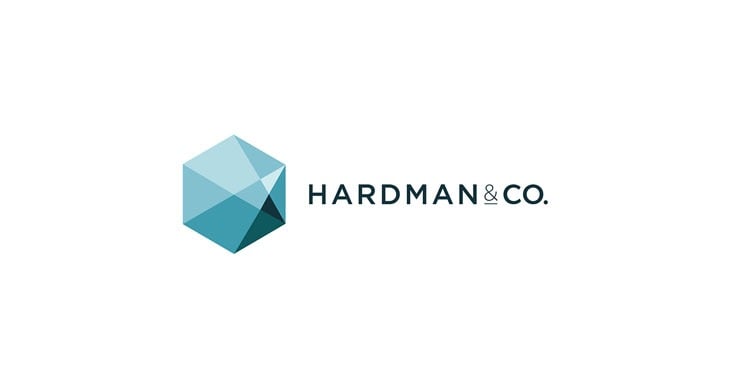Rio Tinto (LON:RIO) has today released its fourth quarter production results.
| Q4 2019 | vs Q4 2018 | vs Q3 2019 | 2019 | vs 2018 | ||
| Pilbara iron ore shipments (100% basis) | Mt | 86.8 | -1% | +1% | 327.4 | -3% |
| Pilbara iron ore production (100% basis) | Mt | 83.6 | -3% | -4% | 326.7 | -3% |
| Bauxite | Mt | 15.1 | +28% | +10% | 55.1 | +9% |
| Aluminium | kt | 783 | -4% | -1% | 3,171 | -2% |
| Mined copper | kt | 138.7 | -9% | -12% | 577.4 | -5% |
| Titanium dioxide slag | kt | 286 | -3% | -11% | 1,206 | +8% |
| IOC iron ore pellets and concentrate | Mt | 2.6 | -10% | -13% | 10.5 | +18% |
Operational update
• Pilbara iron ore shipments of 327 million tonnes (100% basis) were 3% lower than 2018, primarily impacted by weather and operational challenges in the first half of 2019 and our active decision to protect the quality of the Pilbara Blend. In addition to direct sales from Australia, we commenced trials of portside trading in October 2019.
• On 27 November 2019, we announced a $749 million investment in the Greater Tom Price operations (Western Turner Syncline Phase 2) in the Pilbara region of Western Australia, to sustain production capacity.
• Bauxite production of 55 million tonnes was 9% higher than 2018, underpinned by the successful ramp-up of the Amrun mine in Queensland, Australia. Third party shipments of 40 million tonnes were 21% higher than 2018.
• Aluminium production of 3.2 million tonnes was 2% lower than 2018, primarily reflecting a preventive safety shutdown of one of the three pot-lines at ISAL in Iceland and earlier than planned pot relining at Kitimat in British Columbia, Canada in the second half.
• On 23 October 2019, we announced a strategic review of our interest in the Tiwai Point aluminium smelter in New Zealand, to be completed in the first quarter of 2020.
• On 3 December 2019, we announced the approval of a $1.5 billion investment at Kennecott in the US, phase two of the south wall pushback project, extending operations to 2032.
• Mined copper production of 577 thousand tonnes was 5% lower than 2018, reflecting lower copper grades, partially offset by higher throughput. Lower copper grades at Kennecott impacted the fourth quarter in particular: this is expected to persist until we access higher grades from the end of 2020, resulting from phase one of the south wall pushback project.
• Following the signing of renewable power agreements in Chile, Escondida has raised a provision related to the cancellation of existing coal contracts. We have recognised a charge of approximately $200 million against 2019 underlying EBITDA.
• At the Oyu Tolgoi underground project in Mongolia, we completed the primary production shaft (shaft 2) in October. Work continued on the mine design and, overall, we remain within the cost and schedule ranges as announced in July 2019. We continue to expect to complete the mine design in the first half of 2020 and the Definitive Estimate of cost and schedule in the second half of 2020.
• Titanium dioxide slag production of 1.2 million tonnes was 8% higher than 2018, reflecting continued operational improvement and the restart of furnaces in line with market conditions. Fourth quarter production was impacted by the curtailment of operations at Richards Bay Minerals (RBM) in South Africa, following an escalation in violence in the surrounding communities. A phased restart commenced at the end of December.
• Production of pellets and concentrate at the Iron Ore Company of Canada (IOC) was 18% higher than 2018, when strike action occurred. Fourth quarter production was 10% lower than the same quarter of 2018 due to unplanned equipment-related downtime.
• On 18 November 2019, we announced that we would support Energy Resources of Australia Limited’s (ERA) plans for a renounceable entitlement offer to raise $324 million for the rehabilitation of the Ranger Project Area in Australia’s Northern Territory.
• Exploration and evaluation spend in 2019 was $624 million, 28% higher than 2018, primarily reflecting increased activity at Resolution Copper in the US and on the Winu and Falcon advanced projects in Australia and Canada. We achieved a major permitting milestone at Resolution with the release of an independently prepared Draft Environmental Impact Statement in August 2019.
• In 2019, we repurchased approximately $1.6 billion of Rio Tinto plc shares (28.4 million) on-market.
Average realised prices
| 2019 | vs 2018 | ||
| Pilbara iron ore | $/wmt, FOB | 79.0 | +37% |
| Aluminium | $/t (including VAP, mid-west premium) | 2,132 | -14% |
| Copper | US cents per lb | 274.5 | -7% |
2020 production guidance (Rio Tinto share, unless otherwise stated)
| 2019 actual | 2020 guidance | |
| Pilbara iron ore (shipments, 100% basis) | 327.4 Mt | 330 to 343 Mt |
| Bauxite | 55.1Mt | 55 to 58 Mt |
| Alumina | 7.7 Mt | 7.8 to 8.2 Mt |
| Aluminium | 3.2 Mt | 3.1 to 3.3 Mt |
| Mined copper | 577 kt | 530 to 570 kt |
| Refined copper | 260 kt | 205 to 235 kt |
| Diamonds | 17 M carats | 12 to 14 M carats |
| Titanium dioxide slag | 1.2 Mt | 1.2 to 1.4 Mt |
| IOC pellets and concentrate | 10.5 Mt | 10.5 to 12.0 Mt |
| Boric oxide equivalent | 0.5 Mt | ~0.5 Mt |
• Our guidance is framed by expectations of general stability in global GDP growth in 2020, tempered by negative risks, including geopolitical tensions and oil price volatility. In this environment, we will continue to monitor and adjust production levels and product mix to meet customer requirements in 2020, in line with our value over volume strategy.
• Iron ore shipments and bauxite production guidance are subject to weather and market conditions.
• Aluminium guidance reflects a continued focus on capacity creep, offset by earlier than planned pot relining at Kitimat.
• Mined copper guidance reflects lower grades at Kennecott as mining transitions from the east to south wall. We expect to access higher, more consistent grade ore from late 2020.
• Diamonds guidance reflects the expected closure of Argyle in the fourth quarter of 2020 and lower grades at Diavik.
• Titanium dioxide slag guidance assumes return to normal operations at RBM in early 2020.
All figures in this report are unaudited. All currency figures in this report are US dollars, and comments refer to Rio Tinto’s share of production, unless otherwise stated. To allow production numbers to be compared on a like-for-like basis, production from asset divestments completed in 2018 is excluded from Rio Tinto share of production data.
IRON ORE
| Million tonnes | Q4 2019 | vs Q4 2018 | vs Q3 2019 | 2019 | vs 2018 |
| Rio Tinto share of production | |||||
| Pilbara Blend and SP10 Lump1 | 19.9 | -8% | -5% | 80.8 | -5% |
| Pilbara Blend and SP10 Fines1 | 30.3 | -4% | -4% | 119.3 | -3% |
| Robe Valley Lump | 1.6 | +12% | -5% | 5.1 | -14% |
| Robe Valley Fines | 2.8 | +7% | -9% | 9.2 | -16% |
| Yandicoogina Fines (HIY) | 14.2 | -4% | -3% | 56.3 | -2% |
| Total Pilbara production | 68.8 | -5% | -5% | 270.7 | -4% |
| Total Pilbara production (100% basis) | 83.6 | -3% | -4% | 326.7 | -3% |
| Million tonnes | Q4 2019 | vs Q4 2018 | vs Q3 2019 | 2019 | vs 2018 |
| Rio Tinto share of shipments | |||||
| Pilbara Blend Lump | 16.2 | -12% | +1% | 65.9 | -11% |
| Pilbara Blend Fines | 31.2 | -6% | +4% | 120.2 | -7% |
| Robe Valley Lump | 1.2 | +2% | -3% | 4.0 | -17% |
| Robe Valley Fines | 3.3 | +9% | -3% | 10.5 | -13% |
| Yandicoogina Fines (HIY) | 15.3 | +3% | +7% | 57.1 | -1% |
| SP10 Lump1 | 2.1 | n/a | -23% | 5.4 | n/a |
| SP10 Fines1 | 2.1 | +12% | -49% | 9.4 | +180% |
| Total Pilbara shipments | 71.3 | -2% | -1% | 272.5 | -3% |
| Total Pilbara shipments (100% basis) | 86.8 | -1% | +1% | 327.4 | -3% |
| Total Pilbara sales (Rio Tinto share)2 | 70.0 | -4% | -2% | 271.1 | -3% |
| Total Pilbara sales (100% basis)2 | 85.5 | -2% | -0% | 326.0 | -4% |
| Total Pilbara sales (consolidated basis)2, 3 | 72.2 | -3% | -2% | 278.6 | -3% |
1 SP10 includes some lower grade products.
2 Differences between shipments and sales reflect tonnes held for portside trading and material purchased from IOC and sold.
3 While Rio Tinto has a 53% net beneficial interest in Robe River Iron Associates, it recognises 65% of the assets, liabilities, sales revenues and expenses in its accounts (as 30% is held through a 60% owned subsidiary and 35% is held through a 100% owned subsidiary). The consolidated basis sales reported here include Robe River Iron Associates on a 65% basis to enable comparison with revenue reported in the financial statements.
Pilbara operations
Pilbara operations produced 326.7 million tonnes (Rio Tinto share 270.7 million tonnes) in 2019, 3% lower than 2018. Fourth quarter production of 83.6 million tonnes (Rio Tinto share 68.8 million tonnes) was 3% lower than the same quarter of 2018 and 4% lower than the previous quarter due to normal maintenance cycles and mine sequencing. Overall material moved in 2019 was the highest on record. Our increased focus on waste material movement and pit development will continue in 2020 to improve mine performance and pit sequencing.
2019 shipments of 327.4 million tonnes (Rio Tinto share 272.5 million tonnes) were 3% lower than 2018. In the first half of 2019, shipments were impacted by significant weather disruptions, a fire at the Cape Lambert A port facility and operational challenges. Fourth quarter shipments of 86.8 million tonnes (Rio Tinto share 71.3 million tonnes) were 1% below the same quarter of 2018.
Performance in the second half of 2019 was strong, with both production and shipments exceeding the same period in 2018 despite the extended rail maintenance shut limiting rail capacity for 12 days. In October 2019 we commenced trials of portside trading. The operation maintains some inventory at Chinese ports and can also handle material from third parties and from IOC. Reported Pilbara sales in the table above therefore reflect the timing differences that may occur between shipments from the Pilbara and sales to external customers.
We price the majority of our iron ore sales (76%) by reference to the average index price for the month of shipment. In 2019, we priced approximately 16% of sales by reference to the prior quarter’s average index lagged by one month, with the remainder sold either on current quarter average, current month average or on the spot market.
In 2019, approximately 22% of sales were made on a cost and freight (CFR) basis, 46% were made on a cost, freight and insurance (CIF) basis and 32% were made on a free on board (FOB) basis.
In 2019, we achieved an average iron ore price of $79.0 per wet metric tonne on an FOB basis (equivalent to $85.9 per dry metric tonne, based on an average moisture rate of 8%). In 2018, average pricing was $57.8 per wet metric tonne (equivalent to $62.8 per dry metric tonne).
Pilbara projects
The Koodaideri iron ore mine is continuing to progress, with key construction activities on schedule. We commenced work on the major structural foundations in the fourth quarter and expect first ore in late 2021, consistent with previous guidance.
First ore from the Robe River Joint Venture sustaining production projects (West Angelas C&D and Mesa B, C and H at Robe Valley) is expected in 2021, consistent with previous guidance. All major environmental approvals have been received with the exception of the Mesa H approval. Procurement and construction activities are progressing, with concrete pouring commencing at West Angelas and Robe Valley civil contractors mobilising to site.
On 27 November 2019, we announced the approval of a $749 million (A$1 billion) investment in the Greater Tom Price operations to help sustain production capacity. This investment in the Western Turner Syncline Phase 2 mine will facilitate mining of existing and new deposits and includes construction of a new crusher as well as a 13-kilometre conveyor. Pending final government approvals, construction will start in the first quarter of 2020 with first ore from the crusher expected in 2021.
ALUMINIUM
Rio Tinto share of production (‘000 tonnes)
| Q4 2019 | vs Q4 2018 | vs Q3 2019 | 2019 | vs 2018 | |
| Bauxite | 15,137 | +28% | +10% | 55,105 | +9% |
| Bauxite third party shipments | 10,968 | +48% | +6% | 39,648 | +21% |
| Alumina | 2,032 | +1% | +11% | 7,744 | -3% |
| Aluminium | 783 | -4% | -1% | 3,171 | -2% |
Bauxite
Bauxite production of 55.1 million tonnes was 9% higher than 2018. In Australia, production at the Pacific managed mines was 11% above prior year underpinned by the successful ramp-up of Amrun, which achieved its design capacity rates in the fourth quarter of 2019, replacing the depleting Weipa mines. Production at the non-managed JVs (CBG in Guinea and MRN in Brazil) was 1% higher than 2018, but was constrained by a slower than planned ramp-up of the expansion project at CBG.
Fourth quarter bauxite production was 28% higher than the same period of 2018. Production at the Pacific managed mines was 34% higher than the same period last year, partly offset by lower production at non-managed JVs (CBG and MRN).
Third party bauxite shipments were 39.6 million tonnes in 2019, which was 21% higher than 2018 reflecting increased volumes from Amrun. Fourth quarter shipments were 48% higher than the same period in 2018.
Alumina
Alumina production of 7.7 million tonnes was 3% lower than 2018, primarily due to major maintenance activities at the Pacific refineries including a planned five-year maintenance shutdown to service the cogeneration plant at Yarwun.
Fourth quarter alumina production was 1% higher than the same period of 2018. Our share of production from the Pacific refineries was 17% higher than the third quarter, ramping up after completion of major maintenance activities. Yarwun achieved a production record for the fourth quarter.
Aluminium
Aluminium production of 3.2 million tonnes in 2019 was 2% lower than 2018, primarily due to lower volumes from ISAL from a pot-line outage in the third quarter and at Kitimat, due to earlier than planned pot-lining replacement. Excluding the non-managed Becancour operation where a lock-out constrained operations, the Quebec and Pacific smelters performed well, with aluminium production for 2019 1% higher than 2018, reflecting continued productivity improvement. The restart of Becancour is progressing well, with full ramp-up expected by mid-2020.
Fourth quarter aluminium production of 0.8 million tonnes was 4% lower than the same period of 2018. Production at the Quebec and Pacific smelters for the fourth quarter was 1% higher than the same period last year. Following the preventive pot-line shutdown, the ISAL smelter was ramped back up and maintained at about 85% of capacity, optimised for value over volume. Production at the Kitimat smelter continues to be impacted by earlier than planned pot-lining replacement, with actions underway to minimise production impacts. The estimated impact on 2020 production is reflected in our guidance.
The aluminium industry continues to face challenging conditions in global markets and policy uncertainty, reflected in low industry profitability. We continue to actively work on enhancing the competitiveness of our smelters, including discussions with stakeholders on energy pricing, to ensure the sustainability and global competitiveness of our Pacific smelters.
On 23 October 2019, we announced a strategic review of our interest in the Tiwai Point aluminium smelter in New Zealand, to determine the operation’s ongoing viability and competitive position. The strategic review will consider all options, including curtailment and closure and is expected be complete in the first quarter of 2020.
Average realised aluminium prices were $2,132 per tonne (2018: $2,470 per tonne). This includes premiums for value-added products (VAP), which represented 51% of primary metal sold (2018: 54%, excluding the divested Dunkerque smelter) and generated attractive product premiums averaging $234 per tonne of VAP sold (2018: $227 per tonne) on top of the physical market premiums. The mid-west premium decreased from $419 per tonne in 2018 to $320 per tonne in 2019. A 10% tariff on Canadian aluminium imports into the United States under Section 232 was paid until the tariff was removed on 19 May 2019.
Kemano
At the Kemano hydropower facility at Kitimat, British Columbia, tunnel boring continues to progress with 2,731 metres excavated at the end of 2019. Tunnel boring machine productivity has been lower than expected with completion now expected in 2021 (previously late 2020).
COPPER & DIAMONDS
Rio Tinto share of production (‘000 tonnes)
| Q4 2019 | vs Q4 2018 | vs Q3 2019 | 2019 | vs 2018 | |
| Mined copper | |||||
| Rio Tinto Kennecott | 35.4 | -39% | -39% | 186.8 | -8% |
| Escondida | 92.3 | +16% | +2% | 341.6 | -3% |
| Oyu Tolgoi | 11.0 | -21% | +16% | 49.1 | -8% |
| Refined copper | |||||
| Rio Tinto Kennecott | 51.4 | -20% | +27% | 184.6 | -5% |
| Escondida | 20.5 | -5% | +22% | 75.0 | -6% |
| Diamonds (‘000 carats) | |||||
| Argyle | 3,363 | +5% | -5% | 12,999 | -8% |
| Diavik | 840 | -22% | -15% | 4,031 | -8% |
Rio Tinto Kennecott
Mined copper production was 8% lower than 2018, primarily due to increased grade variability, with grades on average 11% lower. This grade impact was partially offset by a 4% year on year improvement in ore processed. Copper grades of 0.35% achieved in the final quarter of 2019 compare to 0.59% in the same quarter of 2018. Grades will continue to be lower through 2020 before increasing from the first quarter of 2021, with the transition from east wall to south wall mining.
Refined copper production was 5% lower than 2018, reflecting reduced copper concentrate availability, a planned smelter shutdown in July and additional unplanned maintenance impacting furnace online time.
We continue to toll and purchase third party concentrate to optimise smelter utilisation, with 92 thousand tonnes of concentrate received for processing in 2019, compared with 100 thousand tonnes in 2018. Purchased and tolled copper concentrate are excluded from reported production figures.
A 45-day maintenance shut is planned at the smelter during the second quarter of 2020. This is a standard rebuild, which is undertaken approximately every three years.
Molybdenum production more than doubled in 2019 (from 5.8kt to 11.2kt), as a result of both higher grades and plant capacity and productivity improvements.
On 3 December 2019, we announced the approval of a $1.5 billion investment at Rio Tinto Kennecott, extending operations to 2032. The investment will further extend strip waste rock mining and support additional infrastructure development in the second phase of the south wall pushback project, to allow mining to continue into a new area of the ore body between 2026 and 2032.
Escondida
Copper production at Escondida was 3% lower than 2018, mainly due to grade declines, which were 8% lower than last year, partly offset by higher throughput. Fourth quarter production was 16% higher than the same quarter of 2018 due to higher throughput, offsetting production losses from stoppages associated with the social unrest in Chile.
Following the signing of renewable power agreements, Escondida has raised a provision related to the cancellation of existing coal contracts. We have recognised a charge of approximately $200 million against 2019 underlying EBITDA.
Oyu Tolgoi
As anticipated, mined copper production from the open pit was 8% lower than 2018 as mining activity moved to lower grade areas. Grades were 11% lower for the year and especially reflected in the 21% decline in fourth quarter production, partly offset by productivity improvements.
Oyu Tolgoi Underground Project
During the fourth quarter, we took the decision to remove two of the three mid-access drives. We will retain one mid-access drive on the apex level of the mine design of Panel 0. The removal of these mid-access drives has an unfavourable impact on schedule, however, overall, the underground project remains within the range announced in July 2019 of a 16 to 30 month1 delay in schedule and an increase of $1.2 to $1.9 billion1 in development capital costs.
We continue the detailed work on mine design, which we still expect to complete in the first half of the year, with a Definitive Estimate in the second half of 2020, as previously disclosed. This will include the estimate of development capital costs and schedule for the underground project based on the updated design of Panel 0.
Decisions on other key underground design elements such as the location of the ore handling system and options for panel sequencing will be taken in the first half of 2020. These will take into consideration the consequential impacts on cost, schedule and other key variables such as Ore Reserves, project ramp-up profile and peak production, together with improvements in productivity.
These productivity improvements resulted in increased underground lateral development during the fourth quarter, to an average monthly rate of 1,607 equivalent metres (eqm) compared to 1,214 eqm in the third quarter.
Completion of shaft 2, a key milestone, occurred in October 2019. Construction is progressing on shafts 3 and 4 to enable commencement of main sinking operations for both shafts during the first half of 2020.
Resolution Copper
Deepening of the existing shaft 9 continues, as well as work on the underground characterisation study to increase ore body knowledge.
Permitting and studies are progressing well, following the release of the independently prepared Draft Environmental Impact Statement for the project in August 2019. A plan is in place with the US Forest Service to address comments received on the study to maintain schedule on the Final Environmental Impact Study in 2020.
In April 2019, we approved $302 million ($166 million our share) of additional expenditure for Resolution, to fund additional drilling, ore-body studies, infrastructure improvements and permitting activities, as we progress the project to the final stage of the permitting phase.
Provisional pricing
At 31 December 2019, the Group had an estimated 220 million pounds of copper sales that were provisionally priced at 271 cents per pound. The final price of these sales will be determined during the first half of 2020. This compares with 240 million pounds of open shipments at 31 December 2018, provisionally priced at 277 cents per pound.
Diamonds
At Argyle, carat production was 8% lower than 2018 due to lower recovered grade, partially offset by stronger mining and processing rates.
At Diavik, carats recovered in 2019 were 8% lower than 2018 due to lower ore availability and grade from the underground operations, partly offset by higher tonnes and grade from the A21 open pit.
1 As described above, the level of accuracy of these estimates is preliminary in nature and subject to a range of variables, in line with previous guidance. The confidence level of these estimates is at a level associated with a Conceptual or Order of Magnitude Study, and further work is required between now and the second half of 2020 to refine the mine design options and study them to a level of confidence and accuracy associated with Feasibility Study quality estimates.
ENERGY & MINERALS
Rio Tinto share of production
| Q4 2019 | vs Q4 2018 | vs Q3 2019 | 2019 | vs 2018 | |
| Iron ore pellets and concentrate (million tonnes) | |||||
| IOC | 2.6 | -10% | -13% | 10.5 | +18% |
| Minerals (‘000 tonnes) | |||||
| Borates – B2O3 content | 128 | +8% | -7% | 520 | +2% |
| Titanium dioxide slag | 286 | -3% | -11% | 1,206 | +8% |
| Uranium (‘000 lbs) | |||||
| Energy Resources of Australia | 642 | -31% | +10% | 2,640 | -12% |
| Rössing | – | – | – | 2,114 | – |
Iron Ore Company of Canada (IOC)
Iron ore pellets and concentrate production available for sale at IOC was 18% higher than 2018 when operations were impacted by a two-month strike. It was 10% lower than the fourth quarter of 2018, attributable to unplanned equipment-related downtime.
Borates
Borates production was in line with 2018 and aligned with market conditions. We will base any decision to increase refinery utilisation rates to match market demand.
Iron and Titanium
Titanium dioxide feedstock production was 8% higher than 2018, reflecting improved operational performance and the restart of furnaces.
Fourth quarter production was impacted by the curtailment of operations at Richards Bay Minerals (RBM) in South Africa. Operations were impacted in mid-November, following an escalation in violence in the communities surrounding the operations, and a full curtailment commenced at the beginning of December. A phased restart commenced at the end of December. While RBM continues to monitor the security situation closely, a return to full operations and resumption of normalised production is expected in early 2020.
All nine furnaces at Rio Tinto Fer et Titane (RTFT) are currently in operation, with three of four furnaces in operation at RBM. This compares with six out of nine furnaces in operation at RTFT and three out of four at RBM in the fourth quarter of 2018. We will base our decision to re-start the remaining idled furnace to match market demand.
Zulti South project
Construction of the $463 million Zulti South project at RBM remains on hold post a suspension of operations following a number of security incidents that impacted operations. We will review the restart of the Zulti South project after normalisation of operations at RBM.
Uranium
Energy Resources of Australia (ERA) continues to process existing stockpiles. Production was 12% lower than 2018, reflecting lower grades.
On 18 November 2019, we announced that we would support ERA’s plans for a renounceable entitlement offer to raise $324 million for the rehabilitation of the Ranger Project Area in Australia’s Northern Territory.
As announced by the Takeovers Panel on 12 December 2019, we have applied to the Takeovers Panel for a review of its decision of 11 December 2019, relating to ERA’s renounceable entitlement offer. We remain committed to fully subscribe for our entitlement and to underwrite the entitlement offer in the absence of any other commercially viable solution being available to ERA for the rehabilitation of the Ranger Project Area.
Production from Rössing Uranium is reported up to the date of completion of divestment on 16 July 2019.
EXPLORATION AND EVALUATION
Pre-tax and pre-divestment expenditure on exploration and evaluation charged to the profit and loss account in 2019 was $624 million, compared with $488 million in 2018, with increased spend at Resolution Copper in the US and on the Winu and Falcon Order of Magnitude studies in Australia and Canada. Approximately 52% of this expenditure was incurred by central exploration, 33% by Copper & Diamonds, 9% by Energy & Minerals and the remainder by Iron Ore and Aluminium.
There were no significant divestments of central exploration properties in 2019.
Exploration highlights
We have a strong portfolio of projects with activity in 17 countries across some seven commodities. The bulk of the exploration expenditure in this quarter was focused on copper in Australia, Brazil, Canada, Chile, Colombia, Kazakhstan, Mongolia, Peru, Serbia, United States, Zambia and diamonds projects in Canada. Mine-lease exploration continued at a number of our managed businesses including Pilbara Iron in Australia, Oyu Tolgoi in Mongolia, Diavik in Canada, and Resolution and Boron in the US. A summary of activity for the quarter is as follows:
| Commodities | Studies Stage | Advanced projects | Greenfield/Brownfield programmes |
| Bauxite | Cape York, Australia | Amargosa, Brazil*; Sanxai, Laos* | Cape York, Australia |
| Base Metals | Copper/molybdenum: Resolution, US; Winu, Australia | La Granja, PeruNickel: Tamarack, US (third party operated) | Copper Greenfield: Australia, Brazil, Canada, Chile, China, Colombia, Kazakhstan, Mongolia, Peru, Serbia, US, ZambiaCopper Brownfield: Resolution, US; Bingham, US; Oyu Tolgoi, MongoliaNickel Greenfield: Canada, Uganda, Finland |
| Diamonds | Falcon, Canada | Greenfield: CanadaBrownfield: Diavik, Canada | |
| Minerals | Lithium borates: Jadar, SerbiaHeavy mineral sands: Mutamba, Mozambique (third party operated) | Heavy mineral sands: TanzaniaIndustrial Minerals: SerbiaIndustrial minerals brownfield: Boron | |
| Iron Ore | Pilbara, Australia | Pilbara, Australia | Brownfield: Pilbara, Australia |
* Limited activity during the quarter
Rio Tinto chief executive J-S Jacques said “We finished the year with good momentum, particularly in our Pilbara iron ore operations and in bauxite, despite having experienced some operational challenges in 2019. We are increasing our investment, with $2.25 billion of high-return projects in iron ore and copper approved in the fourth quarter. We also boosted our exploration and evaluation expenditure to $624 million in 2019, further strengthening our pipeline of opportunities.
“We have the platform and performance to maintain our delivery of superior returns to shareholders over the short, medium and long-term, driven by our strong value over volume approach and ongoing disciplined allocation of capital.”
